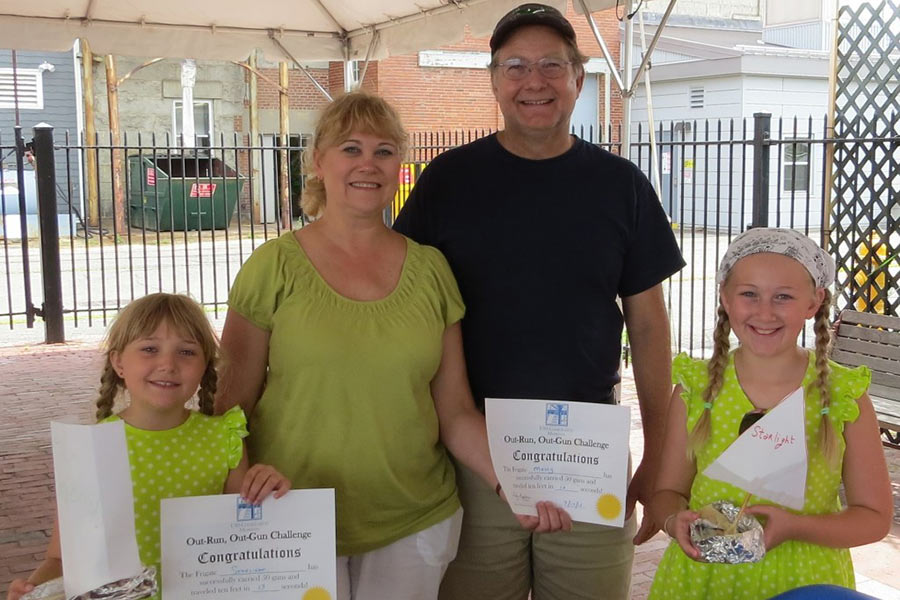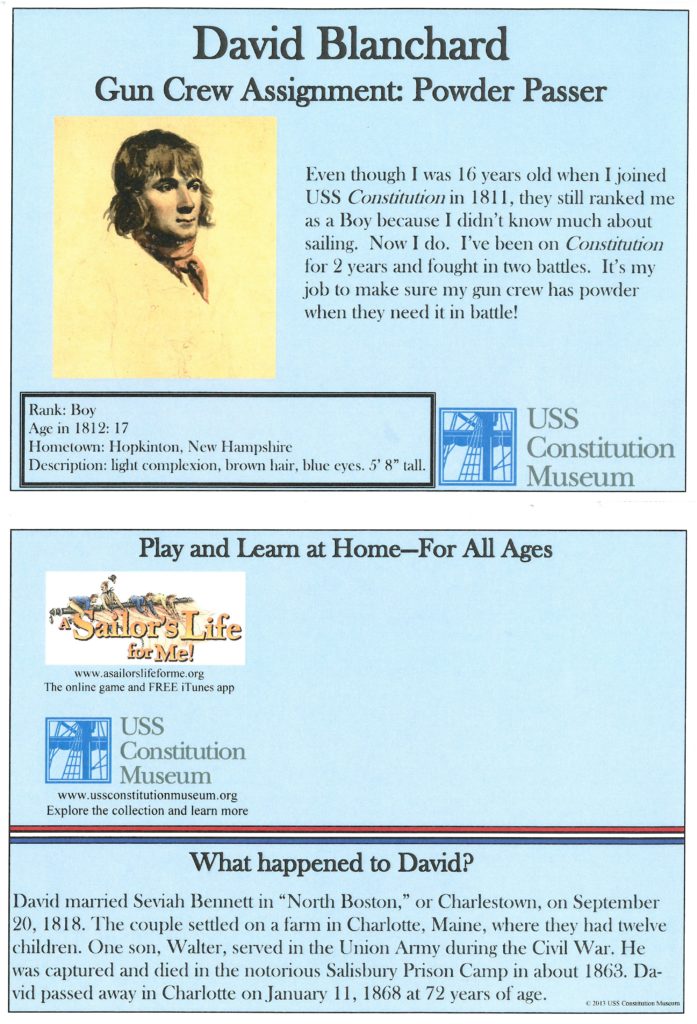The experience doesn’t have to end when the program ends. Think of this ending as another transition. Adult caregivers often look for these ways to extend their programmatic experiences in order to encourage their children’s learning.
5 Strategies to Continue the Experience
Look critically at your institution and its resources to find the tools that can encourage families to further explore a program’s themes and topics.
1. Cater to Family Interests
If family members show interest in a particular activity or topic, think of relevant places within your institution to direct them (a book, display, or another program). During our Life at Sea program, visitors interested in food on board the ship are directed to the mess (the eating) area of the All Hands on Deck exhibit. If their interest lies more in supplies, they’re sent to the purser’s interactive.
2. Encourage Further Exploration
At a museum, try ending your program by directing families to explore further in particular gallery. In our Impress with a Quill Pen gallery program, after families complete their Seaman’s Protection Certificate, keeping them safe from impressment by the Royal Navy, the facilitator sends them next door to the House of Rendezvous exhibit. There they can take part in the recruiting interactive to see if they have what it takes to enlist on USS Constitution.
3. Provide a Book Table
Set up a table of books for all ages.
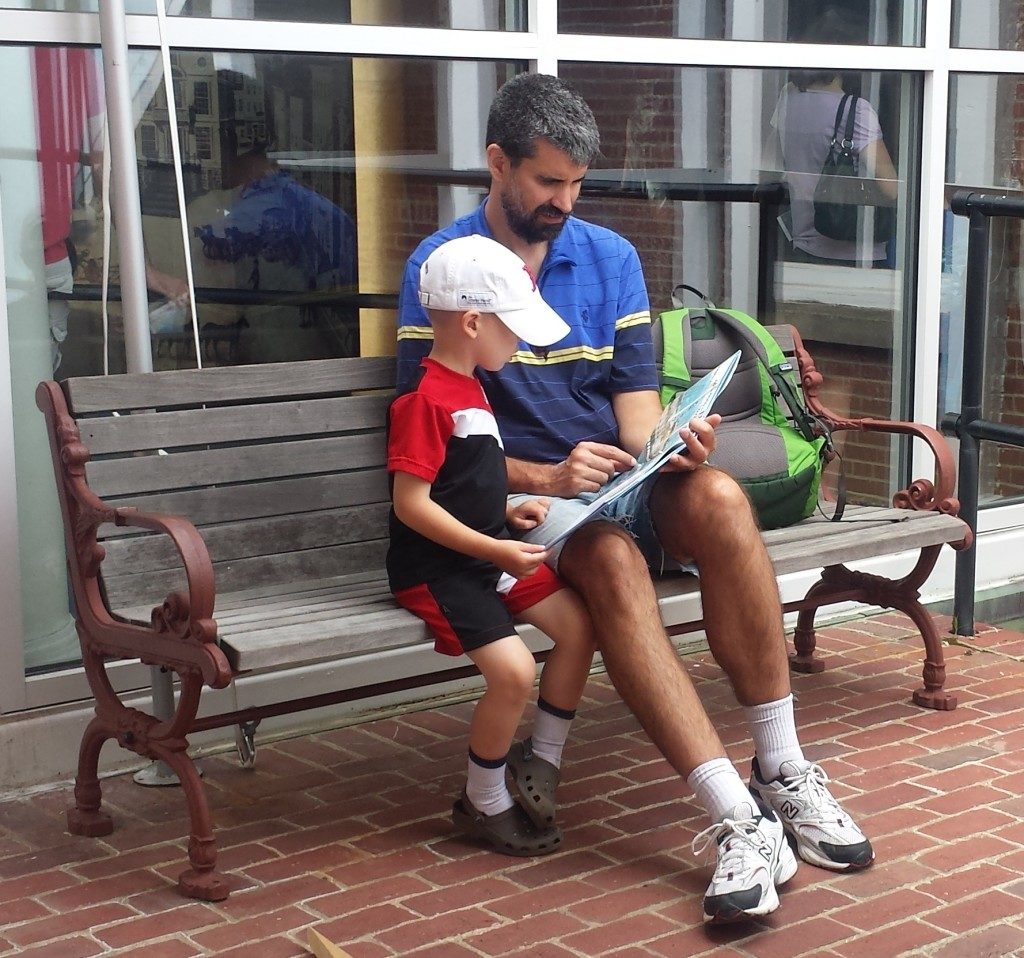
4. Encouraging Reflection and Making Connections
Research shows the importance of the reflective process to learning and finding relevance and connections from new experiences: “Reflection is clearly ‘intimately connected’ with the learning process. It is this period of reflection that enables the learner to establish relevance and learn from it, before moving on to apply what has been learned in new circumstances.” 1
Our programs are not isolated experiences separate from the rest of our families’ lives or their time in our institutions. If we offer programs that families can relate to, the content and experience become part of their family memories and knowledge-base, as Heather Nielsen explains in this video clip:
Ask Questions
It is important to make time to recap and reflect throughout your program. It gives participants a chance to digest and absorb what they’ve done and heard. Ask them questions to encourage reflection- why does this matter? When we run our caulking (waterproofing) program, we allow visitors to do the three physical steps involved and we end by asking or reminding them why it was a necessary process.
Reflection also helps visitors make connections between what they’ve learned and their own lives. After the caulking program, we often ask families, “can you imagine doing this job every day in a ship yard, on your knees or hanging by ropes over the side sitting on a plank bench?” Caregivers often pick up on these questions and re-phrase or re-ask them to children after the facilitator models the reflective question. This lays a good foundation for family discussion at home.
5. Offer a Take Home
At the USS Constitution Museum, we try to provide take homes that include related activities, information about the people who served on USS Constitution, and links to our family-friendly website of games and resources, A Sailor’s Life for Me. Here are a few examples:
Built to Win
Families who participate in our Built to Win program receive a certificate at the end of the program. This serves many purposes. The certificate recognizes the family’s work designing and building a model boat and adds to their sense of accomplishment. It helps reinforce the memory of the program experience, especially if it is taken home or rediscovered after the museum visit. And we took the opportunity to share some museum resources on the back of the certificate as another way of continuing the experience.
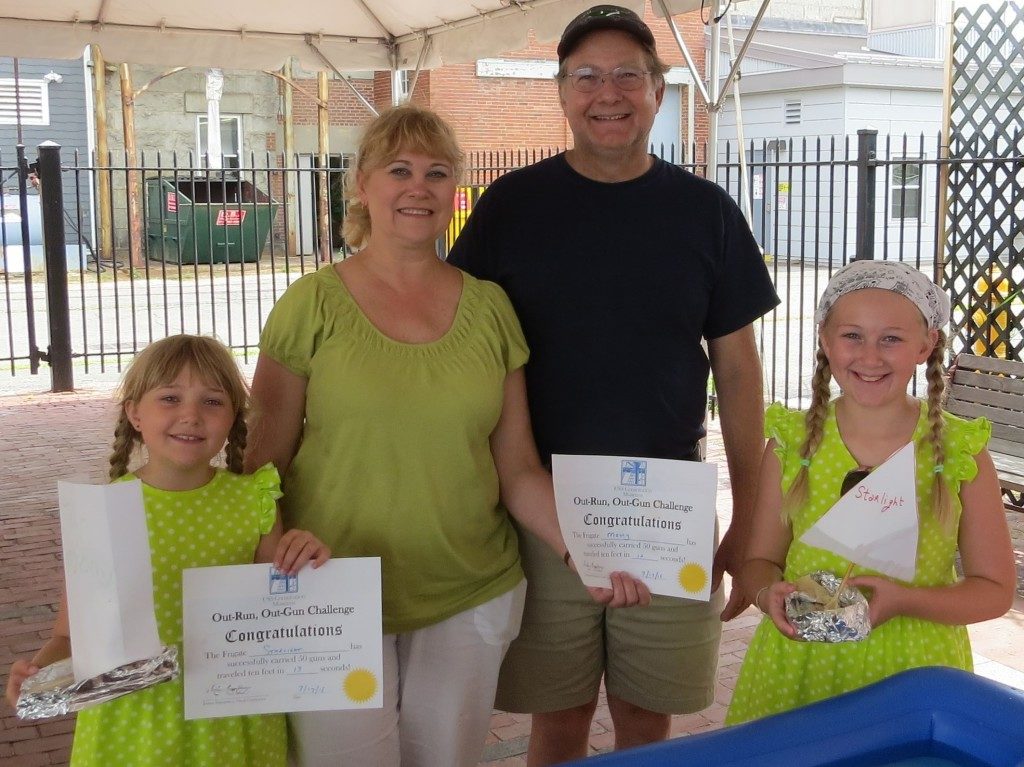
Built to Win Library Program
This take home for the Museum’s library program features information about the USS Constitution Museum, a reading list, and related activities families can do at home. We also asked librarians to pull out related books and resources for both kids AND adults.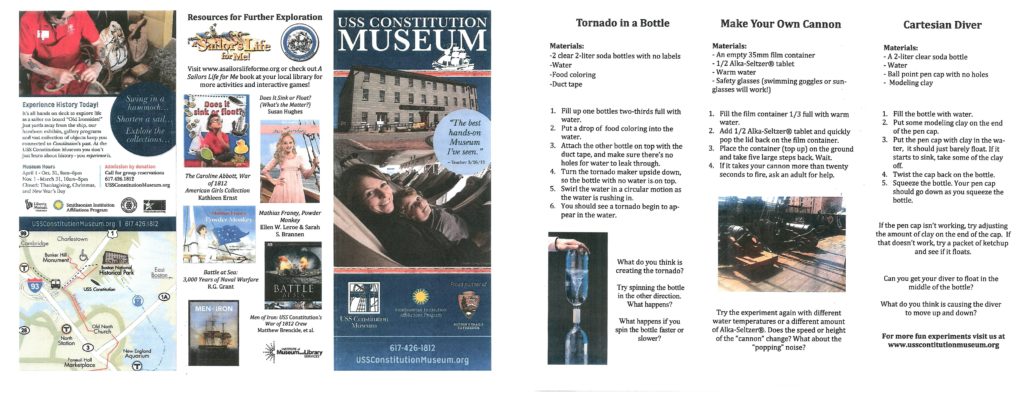
Ready, Aim, Fire!
These take homes (below) give families more information about real sailors who served on USS Constitution during the War of 1812 and did the gun crew tasks the family just reenacted during Ready, Aim, Fire!. Many of these stories are poignant – few have happy endings. Hopefully it encourages family conversation.
